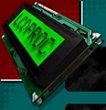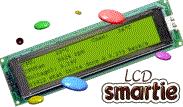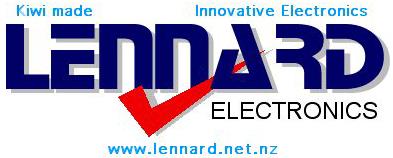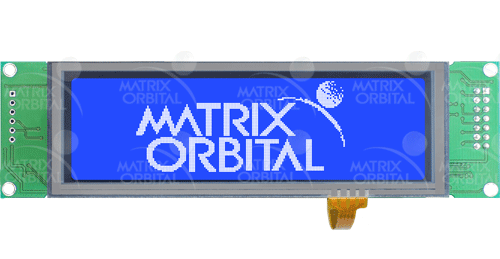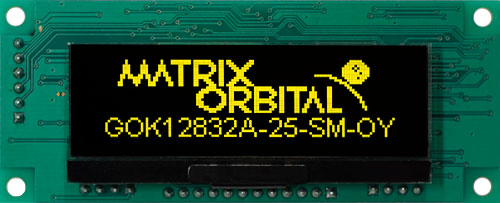Product Line
Matrix Orbital offers a wide range of display solutions and extensive accessories to compliment any project. From basic Parallel LCD and VFD units, to our industry leading Intelligent and Economy models, all the way up to our full colour TFT GTT line, Matrix Orbital has the products and experience to bring your design to life.
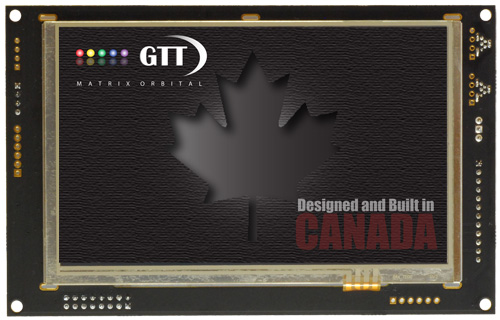
GTT Series
Intelligent Thin Film Transistor Displays with Resistive or Capacitive Touch Overlays supported by a Suite of Design Tools.
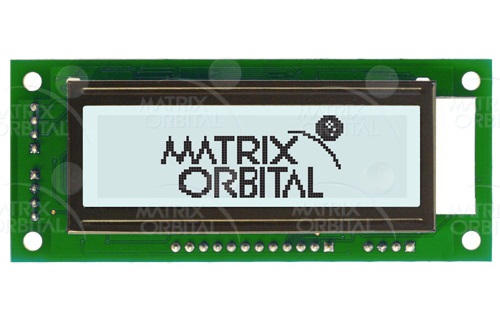
Intelligent Series
Intelligent Graphic and Character Liquid Crystal, OLED, and Vacuum Florescent Displays with Advanced Features.
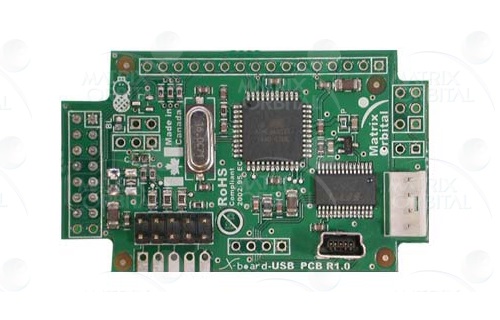
Economy Series
Intelligent Character Liquid Crystal, and Vacuum Florescent Displays with only the most Essential Features.
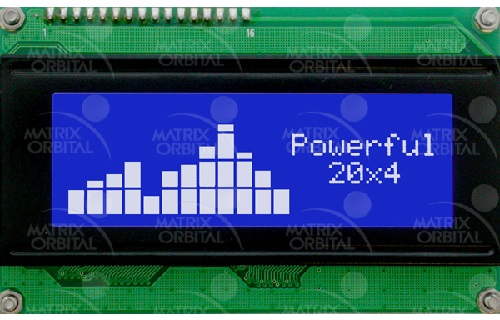
Parallel Series
Basic Liquid Crystal, and Vacuum Florescent Displays with simple parallel interfaces and Limited Features.
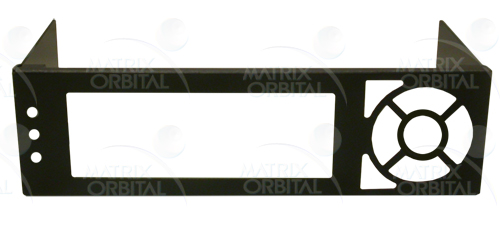
Accessories
Take your project to the next level with Matrix Orbital’s easy to use accessories.





